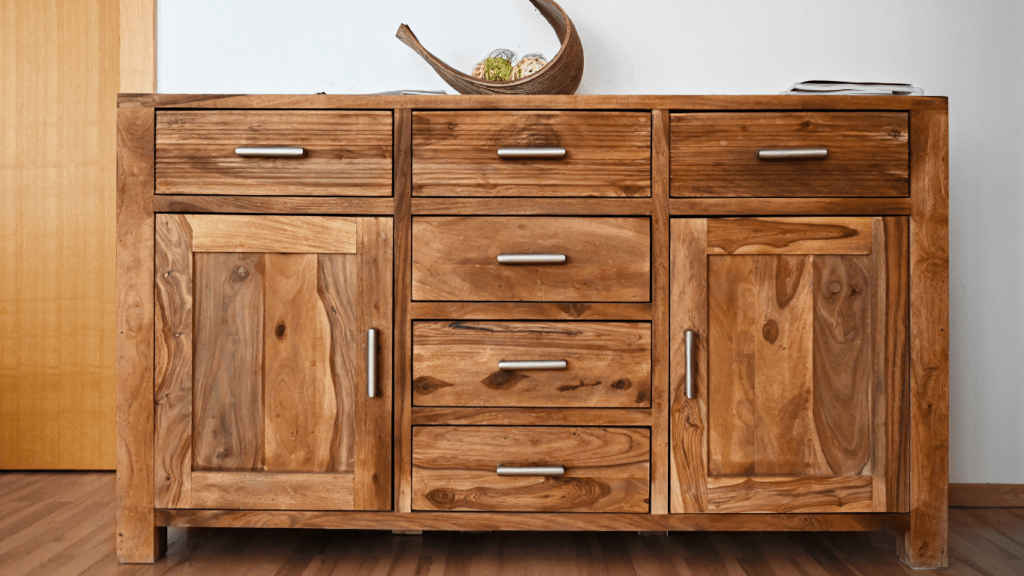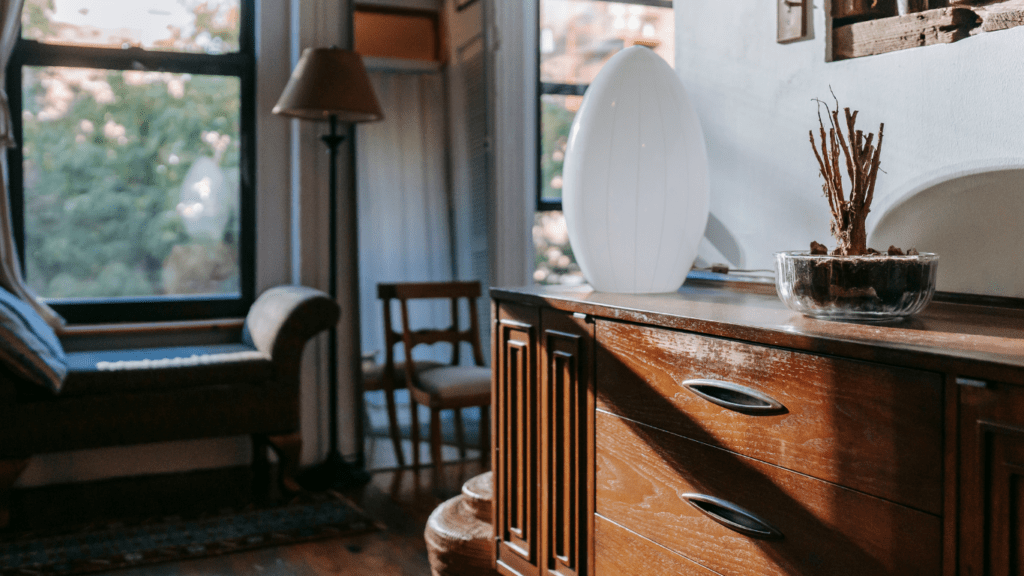Are you looking to breathe new life into your old furniture pieces? I’ve discovered a fantastic way to revamp them using creative paint techniques that are both fun and budget-friendly. With a splash of paint and a touch of creativity, you can transform your outdated furniture into stunning, one-of-a-kind pieces that will elevate the aesthetic of any room.
In my experience, experimenting with different paint colors, textures, and application methods can completely change the look and feel of a piece of furniture. Whether you prefer a distressed vintage vibe or a modern, sleek finish, the possibilities are endless when it comes to painting old furniture. Join me as I delve into the world of creative paint techniques and show you how a simple coat of paint can work wonders in transforming your space.
Exploring Creative Paint Techniques for Old Furniture
When transforming old furniture, it’s essential to consider various creative paint techniques to achieve the desired look. Here are some key aspects to keep in mind when exploring these techniques:
Choosing the Right Paint
Selecting the appropriate paint is crucial to ensure a successful furniture transformation. Opt for high-quality paints specifically designed for furniture, such as chalk paint or milk paint. These types of paint adhere well to different surfaces and provide excellent coverage. Additionally, consider the finish you desire, whether it’s matte, glossy, or distressed, to match your overall decor style.
Preparing Your Furniture for Painting
Properly preparing your furniture before painting is essential for achieving a professional-looking finish. Start by cleaning the piece thoroughly to remove any dirt, grime, or residue. Sanding the surface lightly can help the paint adhere better and create a smooth finish. If there are any imperfections or holes, fill them with wood filler and sand them down for a seamless look. Finally, consider using a primer to ensure the paint adheres properly and lasts longer.
Step-by-Step Guide to Transforming Old Furniture
In transforming old furniture, mastering basic painting techniques is key. These fundamental skills lay the foundation for more advanced decorative techniques, ensuring a successful furniture makeover.
- Basic Painting Techniques
When embarking on a furniture transformation project, start by gathering essential supplies like paint, brushes, sandpaper, and a drop cloth. Begin by cleaning the furniture thoroughly to remove dirt and grime. Next, sand the surface to create a smooth base for the paint to adhere to. It’s essential to apply a primer to improve paint adhesion and enhance durability. Once the primer is dry, it’s time to paint the furniture using smooth, even strokes to achieve a professional finish. - Advanced Decorative Techniques
For those looking to take their furniture makeover to the next level, advanced decorative techniques offer a creative way to add flair and personality to old pieces. This may include techniques like distressing, color washing, stenciling, or decoupage. Experiment with different finishes and textures to create a unique look that complements your style and brings new life to old furniture. Remember, practice makes perfect, so don’t be afraid to try new techniques and unleash your creativity.
Tips for Achieving Professional Results
When transforming old furniture with creative paint techniques, achieving professional-looking results is key. Here are some essential tips to help you elevate your furniture painting game:
Selecting Tools and Materials
To achieve professional results, start by selecting the right tools and materials for the job. Invest in high-quality paint brushes and rollers to ensure smooth application. Opt for paints specifically designed for furniture, such as chalk paint or milk paint, for a durable and stylish finish. Additionally, consider using painter’s tape to create clean lines and protect areas you don’t want to paint.
Troubleshooting Common Issues
Encountering common issues while painting furniture is normal, but knowing how to troubleshoot them can make a significant difference in the final outcome. If you’re dealing with paint drips or brush marks, lightly sand the affected areas between coats for a smoother finish. In the case of paint not adhering properly, make sure to clean and prime the surface adequately before painting. For uneven paint coverage, apply thin, even coats and allow sufficient drying time between layers to achieve a professional-looking finish.
Inspirational Ideas for Your Next Project
When considering transforming old furniture with creative paint techniques, it’s essential to draw inspiration from various sources to elevate your project. Here are some inspirational ideas to spark your creativity:
Before and After Examples
When embarking on a furniture transformation project, before and after examples serve as a guide to visualize the potential of your piece. By examining how a simple coat of paint can completely revamp a tired, old piece of furniture into a fresh, modern look, you can gather motivation for your own project.
Thematic Design Ideas
Exploring thematic design ideas can add a unique touch to your furniture transformation. Whether you’re drawn to vintage aesthetics, bold colors, geometric patterns, or minimalist styles, incorporating thematic elements can bring cohesion and character to your piece. Consider themes like coastal, bohemian, industrial, or farmhouse to guide your paint color choices and finishing techniques for a cohesive and personalized result.



